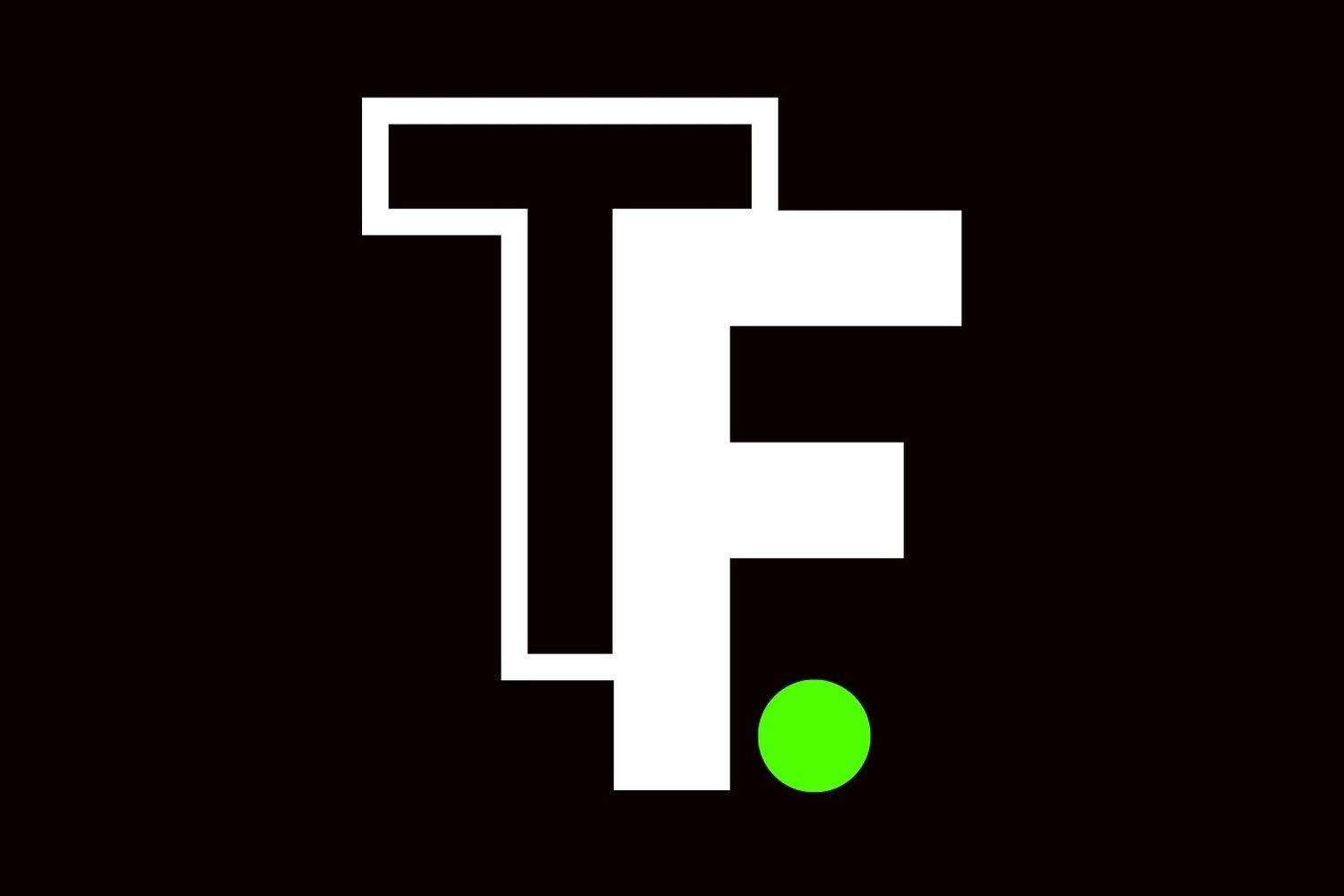Spending your calories is a lot like spending your money. You want to get the most nutritional value. So, why not think of your calories as cash?
Counting calories is a tried-and-true method for keeping track of where your calories go every day. But if you simply count calories and don’t pay much attention to what you’re spending them on, you might not be getting the most nutritional “bang for your buck.” So, here’s a thought: Why not handle your daily calorie allowance the same way you handle your money?
Your Calorie Wallet
Imagine that you carry with you a calorie wallet. One that holds all the calories you can spend for the day. How you choose to spend those calories is entirely up to you. And it’s not unlike the way you choose to spend your money.
When you’re watching your finances, you probably do your best to take care of the necessities first. And if there’s any left over, you might decide to put it away or spend it on something special. When you do part with your money, you’re probably hoping to get the best value for your it as well.
The same thing applies with those calories in your wallet. Most of the time, you’ll want to spend wisely in order to get the best nutritional value for your calories. So, you’ll take care of the necessities first and spend your calories on the healthy foods your body needs. If you have any calories left over at the end of the day, you might decide to spend them on a little treat.
There also might be those times when you spend your calorie bucks on something you want but don’t really need. It’s just like you might splurge on a really expensive pair of shoes. But if you want to keep your weight in check, you’ll need to make up for it somehow. Just as it might make sense to save up for those great shoes, you could hold back a few calories in your wallet every day so you can spend a little extra on the weekend. So, you can treat your calorie wallet more like a savings account.
Everyone has a daily calorie budget. That’s the number of calories they should eat every day to keep their weight in check. Some people’s calorie wallets are a little thicker than others. But no calorie wallet has a credit card. If you spend more calories on food than you have in your wallet, you’ll pay for it another way—like with some extra padding around your waist, hips or thighs.
Spending Your Breakfast Calories
When you’re walking around with a wallet stuffed with cash, it can be pretty easy to spend it. Then all of a sudden you look inside and you can’t imagine where the money went. Now you have to be a lot more careful with the bucks you have left.
Well, the same thing is true when you look at your calorie wallet first thing in the morning. Your wallet’s got all your day’s calories in it. It looks like you’ve got plenty, so you might be tempted to overspend on breakfast calories. But when dinnertime rolls around and you realize you don’t have many calories left in your wallet, you’ll be wondering where they all went. So, the choices you make in the morning can have a big impact on how well you budget those calories for the rest of the day.
Here’s a look at the nutritional value of some typical breakfasts. And how much “cash” you’ll have to pull out of your wallet to buy those breakfast calories…
Getting your morning meal from a coffee house or a drive-through might seem like a quick option, but it can also be one of the quickest ways to empty your calorie wallet. Get a large latte and a healthy-sounding bran muffin from your local coffee store and you’ll have to pull 650 breakfast calories out of your wallet. And what do you get in return? Two tablespoons of fat and as much saturated fat as two cheeseburgers.
A typical breakfast sandwich from the drive-through isn’t much better at 550 calories or so. And some places offer a full breakfast with more than 1000 calories, and more fat than 4 slices of pepperoni pizza. At that rate, your wallet will be empty in no time.
What if you stay home and have some cereal with milk? A cup of granola with reduced fat milk could have more than 450 calories. By the time you top it with fruit, you could be pulling close to 500 breakfast calories out of your wallet. Sure, you can find some lower calorie cereals, but most don’t offer up much protein. So, you may not getting the best nutritional bang for your calorie bucks.
When I pull out my calorie wallet in the morning, I want to spend my calories on some healthy protein to keep me satisfied until lunch. Then I round out the meal with some fruits or veggies. A cup of non-fat yogurt or cottage cheese with some fruit on top or a veggie omelette both fill the bill. And I only need to pull about 300 breakfast calories out of my wallet. Same goes for a protein shake made with protein powder, non-fat milk and fruit. For less than 300 calories, I get a balanced meal with about 20 grams of protein, a third of my day’s calcium and a serving of fruit. For me, that’s right on the money.
Coach Channy
🤘🏻


